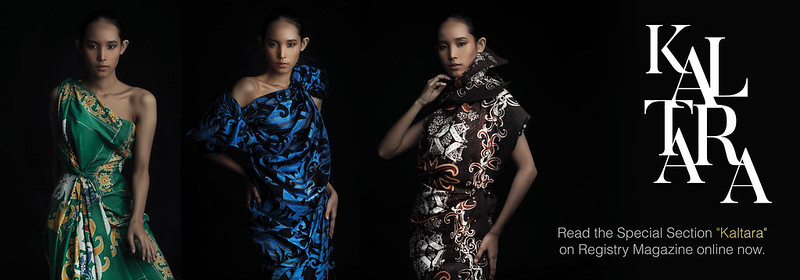SIGN IN
Sign In to Your account.| Sign in with Your social media account. |
Finding Wisdom, Flowing with Nature through the Works of Sidik W. Martowidjojo
|
Share
|
"An artist is not himself, he is part of nature," Sidik W Martowidjojo.
This quote from Sidik's interview with Jean Couteau in the book entitled 'Voyage to Wisdom' becomes real, undeniable with dialectics. He told Jean that the meaning of a work lies in the process of finding nature within, a creation. No wonder, that when you come face-to-face with his canvas paintings, you will be brought in, exploring in an abstract space, flowing with nature.

Nature is indeed Sidik's main inspiration in his work. But the nature now present in Sidik's work is not the embodiment of a compilation of objects. That is why, visitors who attend every exhibition of Sidik's works will feel a different atmosphere. He brings all eyes that dive into and enjoy his work to the point where there is no longer a barrier between me and them. Sidik calls it simply, flowing with nature.
"I am just part of nature, when I paint mountains I become mountains, when I paint clouds I become clouds, and when I paint water I become water," says Sidik explaining the philosophical meaning behind his works.
It is this attitude of 'surrender' that he shows in the making of his works that then attracts enjoyers and art lovers to dissolve as such. In each work, Sidik will bring every viewer's eyes to flow into the universe. He removes the barriers of lines and dots that will free the soul to wander.
Through his works, Sidik also takes anyone who is interested in finding meaning and peace on a journey towards wisdom. It is possible that seeing, enjoying, and owning Sidik's works will be a choice made by peace seekers; those who want to find the essence of existence.
The Two Sides of Sidik Martowidjojo
Businessman and Artist, those are two things that cannot be separated from Sidik Martowidjojo. Born to a Chinese father and a blue-blooded Javanese mother on 24 September 1937 in Malang, Sidik experienced a colorful phase of life. He experienced several difficult times during the pre- and post-independence period. Even so, Sidik shared his experiences and memories from youth to adulthood and even old age that eventually led him to a new dimension of art.
He came into contact with the art world when introduced to Chinese calligraphy. By the end of his elementary education around 1953, he could not only create beautiful calligraphy, but also a Chinese-style painting. However, he did not really pursue painting throughout his adult life. Instead of becoming an artist, despite having been a Chinese language teacher and pursued calligraphy, the times and circumstances made him step away from the arts to pursue business.


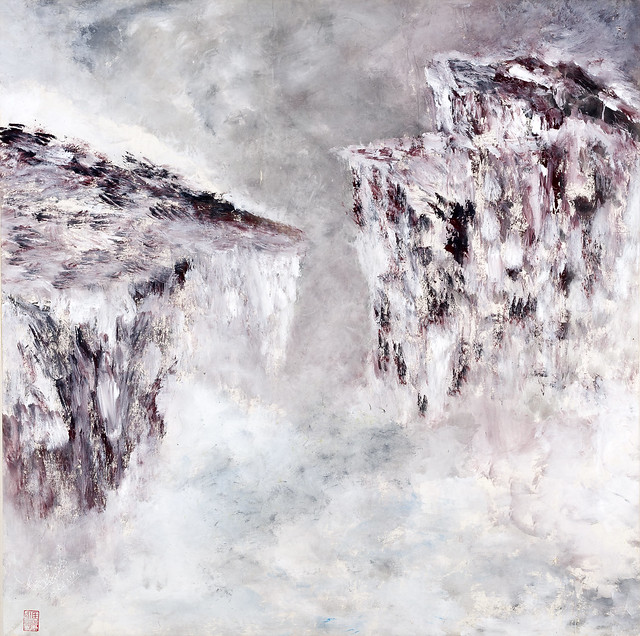
Being busy with business and immersed in the hustle and bustle of Jakarta did not make Sidik completely abandon his calling. In between trips to several countries in Asia, Arabia and especially Europe, he always took the time to visit art centers. On those visits, Sidik says he was particularly inspired by two great Western figures, Joseph Turner (1775-1851) and Claude Monet (1810-1926).
From these trips to cultural centers, he showed an interest in the Western way of painting, especially in terms of anatomy and perspective. This was enough to influence Sidik's early works after he decided to take painting seriously again. However, every time he tried Western brushwork he still felt more fluid with Eastern brushwork.
When China opened up to visitors from Indonesia in 1990, Sidik embarked on a new adventure of exploring and discovering the spirit of the timeless civilizations of the past, to flow and become the main pulse of his works. He draws inspiration from the colors of spring, flower festivals, from nature and from the spiritual experiences he finds on every trip.
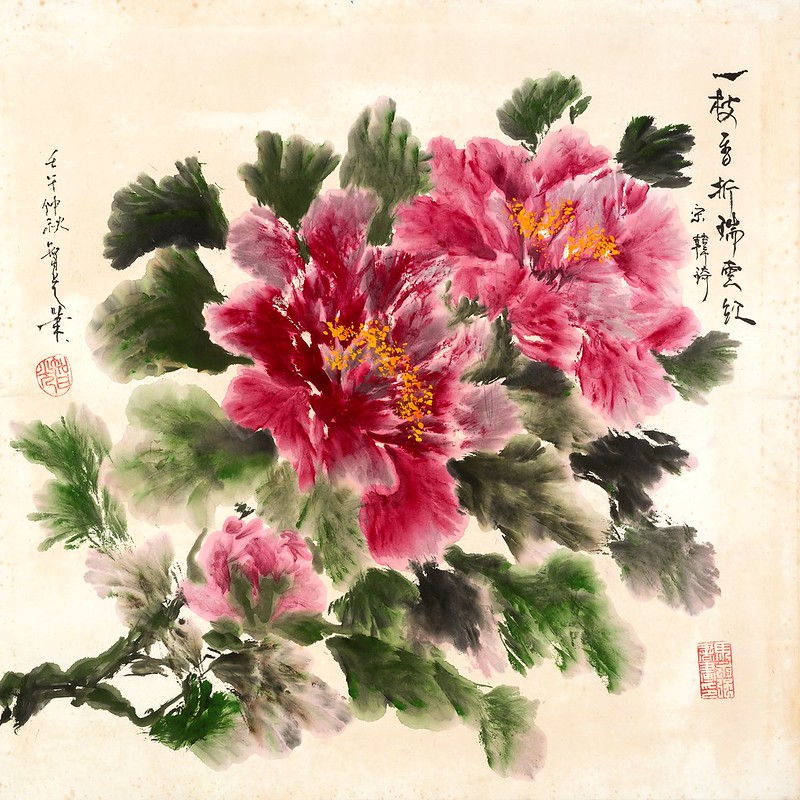
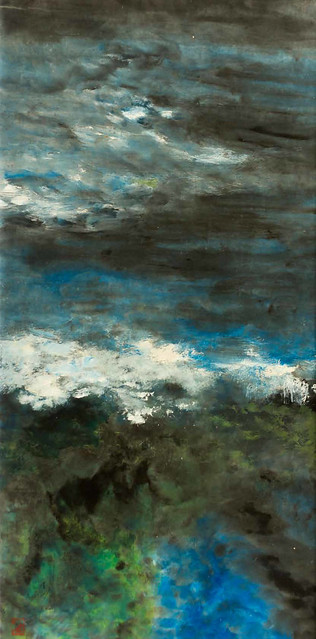
During his travels, Sidik transmitted Chinese painting into his own artistic language. The play of colors he created gradually blurred the lines and contours until they were no longer felt in his post-2000 works.
The Birth of the Maestro
The invention of his own art language born out of his skillful hand with the pit. The evolution of his work found a new energy about the concept of being. He began to discard the meaning of objects from mere form to the essence of nature itself.
During this search period, Sidik began to have many discussions with Chinese painters in the country who were scattered across several cities. He also did not close himself off from discussions with painters and artists outside the Chinese culture. In 1998, Sidik held his first solo exhibition at Griya Kencana Yogyakarta.
Sidik's appearance not only shocked minds of Chinese calligraphy connoisseurs, but also sparked a fire among artists at that time. Appearing with the classic face of Chinese painting with a fusion of modern style via essentialization, Sidik roused collectors to buy his works. He became an artist who was 'suddenly' talked about in art discussions.
The success of the first exhibition drove Sidik wild. He became more and more immersed in the play of colors and continuously let his brush leave the real landscape and find the essence behind the landscape itself. Sidik became more confident in moving the canvas and tinkering with colors in larger media.
A meeting with Indonesia's leading curator Eddy Sutriyono at a young age brought Sidik from exhibition to exhibition in several cities. His works were displayed in the most prestigious venues such as the Mercantile Club to official exhibition spaces such as the National Museum.
Not just domestically, Sidik also performed in a number of events both in Singapore and China. He participated in various competitions and was awarded for his flower-themed paintings in 2001 in Beijing and 2002 in Nanjing. A follow-up exhibition held at The China Millennium Monument Beijing in 2006 brought Sidik together with renowned curator Liu Xi Lin. Li's appreciation and praise led to a special opportunity a year later for Sidik to exhibit at NAMoC - China's national art museum, coveted by those who pursue Chinese painting.
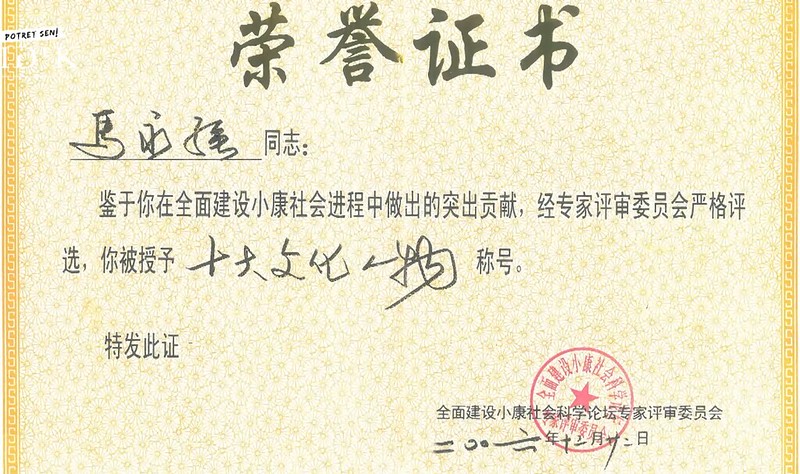

The presence of Sidik's works in a Chinese museum instantly lit up discussion because they were considered to reflect the evolution of Chinese art, which was not only modern but also philosophical. His works were discussed in forums and advertised in official media. He was soon appointed as a research fellow at the Chinese Academy of Art in Beijing, and invited to be a visiting professor at a number of universities, making him a world-recognized maestro of Indonesian painting.

The journey to find the highest essence of his work, which he calls finding the soul between East and West, prompted Sidik to apply for an international exhibition held by the Societe Nationale des Beaux Arts at Le Carrousel in Paris.

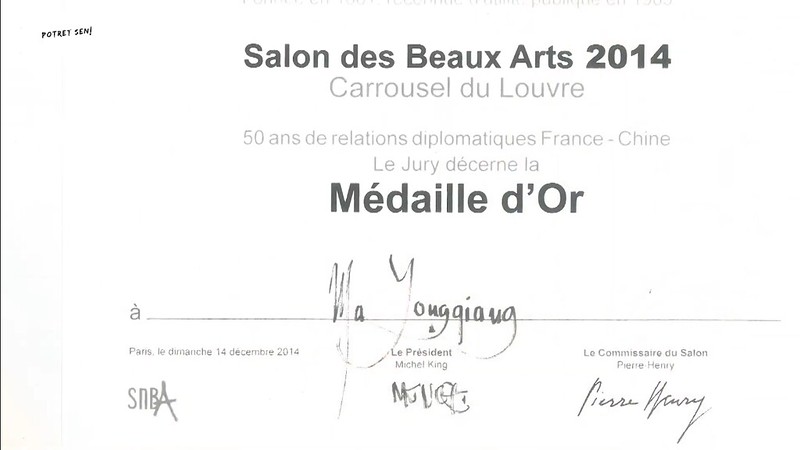
The 2013 version of the show gave him the red carpet to show the following year. The second time around, Sidik won two gold medals and a solo exhibition at the Louvre International Arts in Paris, France, which took place in mid-December 2014. He became the first Indonesian painter to be internationally honored in Paris. The masterpiece for the show was a 7 x 2 meter painting titled Jalan.
Receiving international recognition has not made Sidik complacent. His works increasingly show that the process of searching for the meaning of universality and fusion with nature never reaches an impasse.
He continues to produce maestro works that are displayed in his own museum located in Bale Raos of the Yogyakarta palace, - an award from the Sultan for his contribution to the country's art world. Through his latest works, Sidik has strengthened himself as an artist no longer trapped in one culture. His 120 x 2,100 cm watercolor work Dewa Ruci depicts how he grew up in a Javanese culture full of spiritual values. Soul evolution and cultural acculturation become a space for expression that is no longer limited to what it means to exist.
Culturist G Budi Subanar SJ wrote that Sidik is no longer talking about what he makes, but far from that he is now talking about humanity. Talking about the spirituality of people today, and about the challenges faced by humans today.
"Sidik has left his experience behind. He speaks beyond the image. Sidik communicates outwards and has overcome the works he produces," wrote Budi.
Yes! Looking at, and diving into the canvas strokes of Sidik Martowidjojo will take you beyond just enjoying the artwork. He gives meaning as well as guidance to find a masterpiece, a fusion with nature on the way to wisdom. ***
Follow our RegistryE social media to get our latest updates:
Instagram: registrye
Facebook: RegistryE
